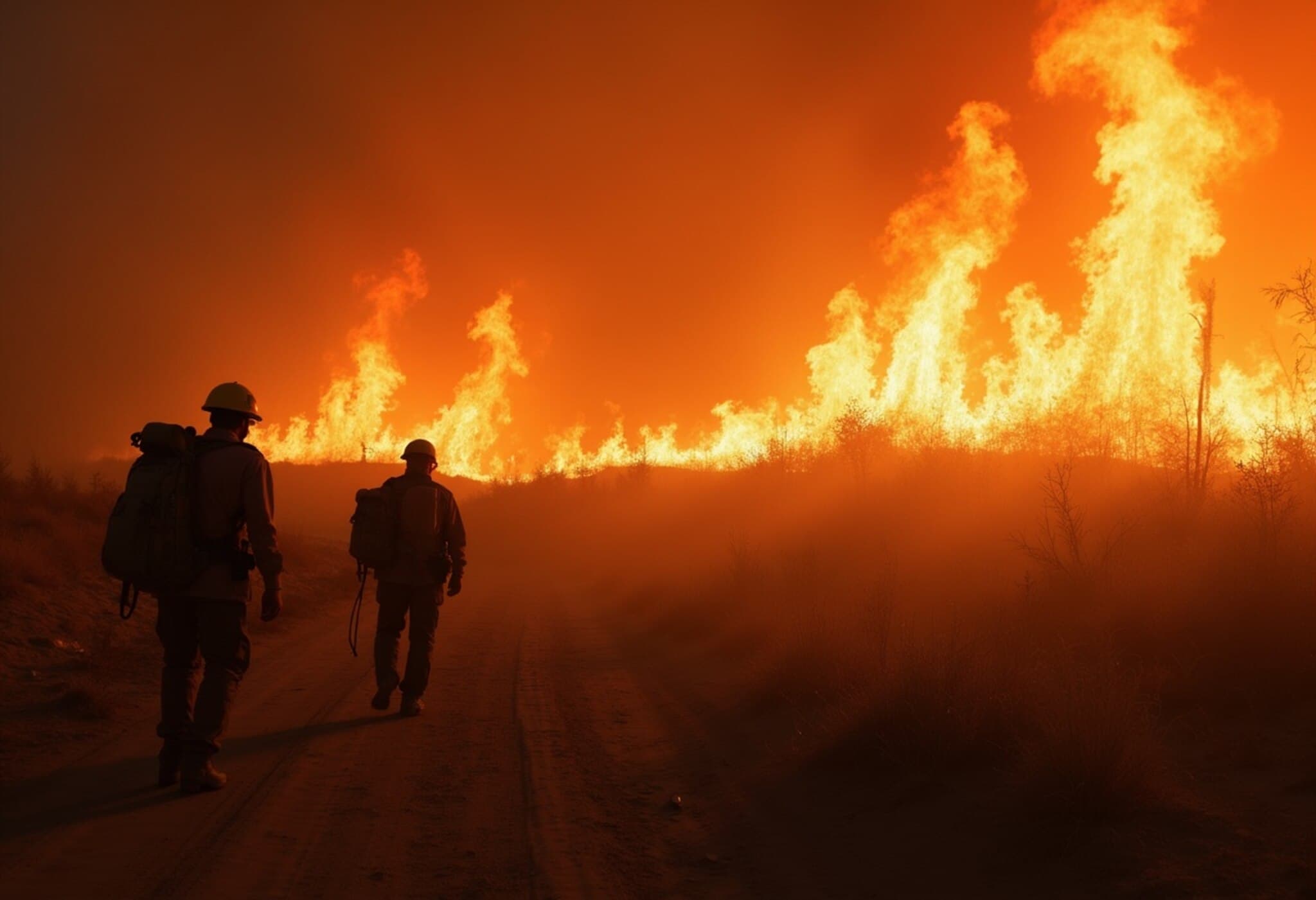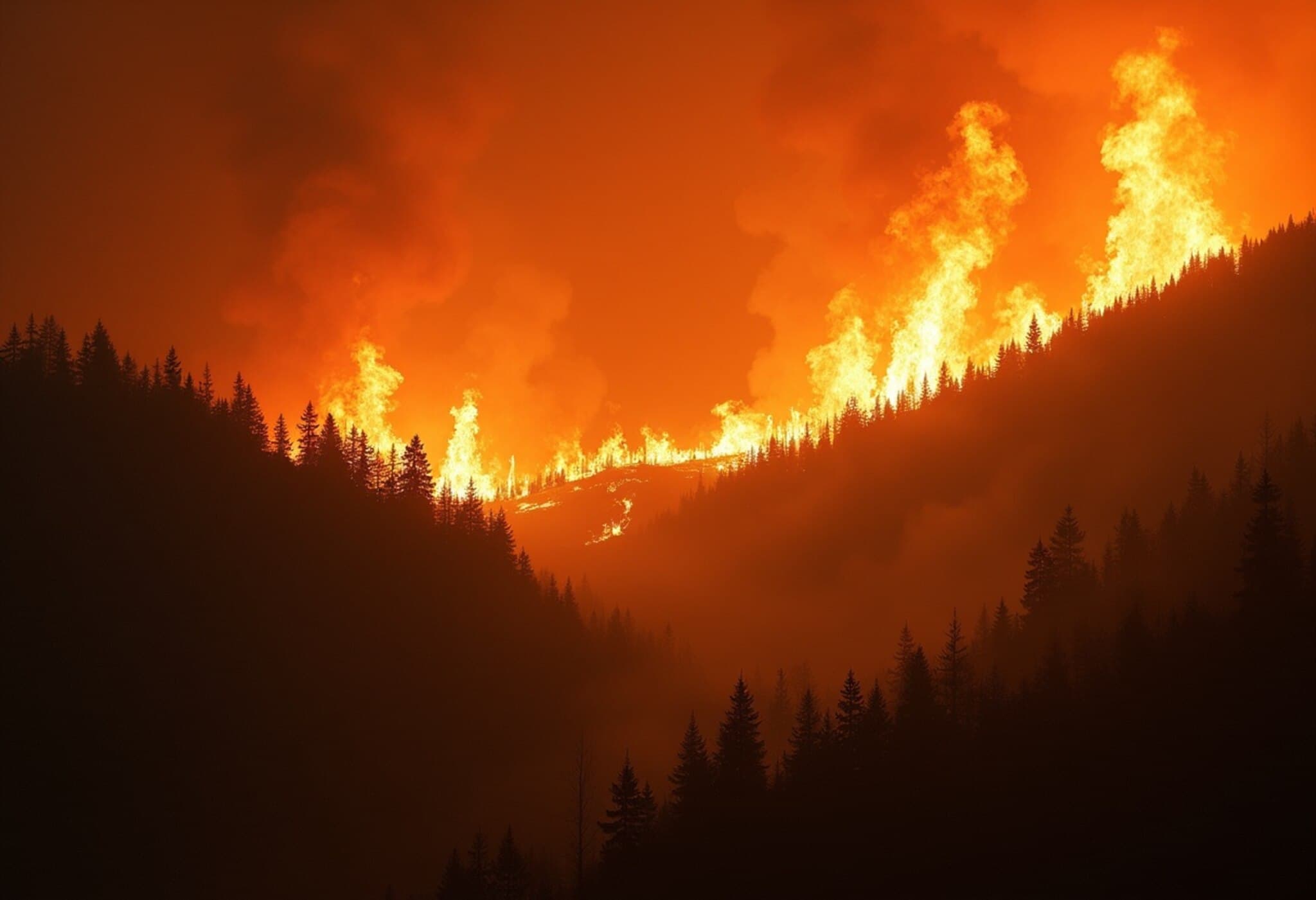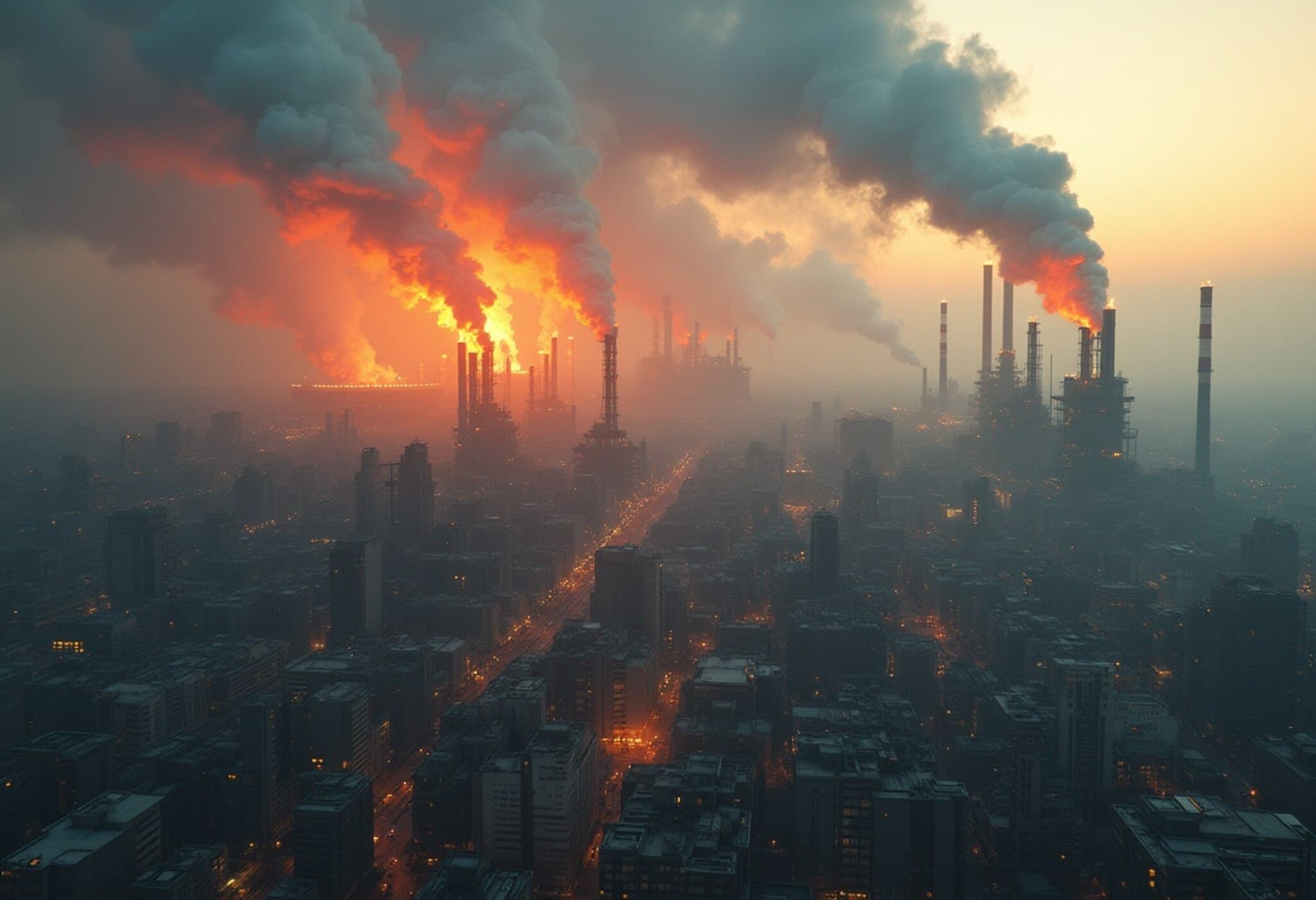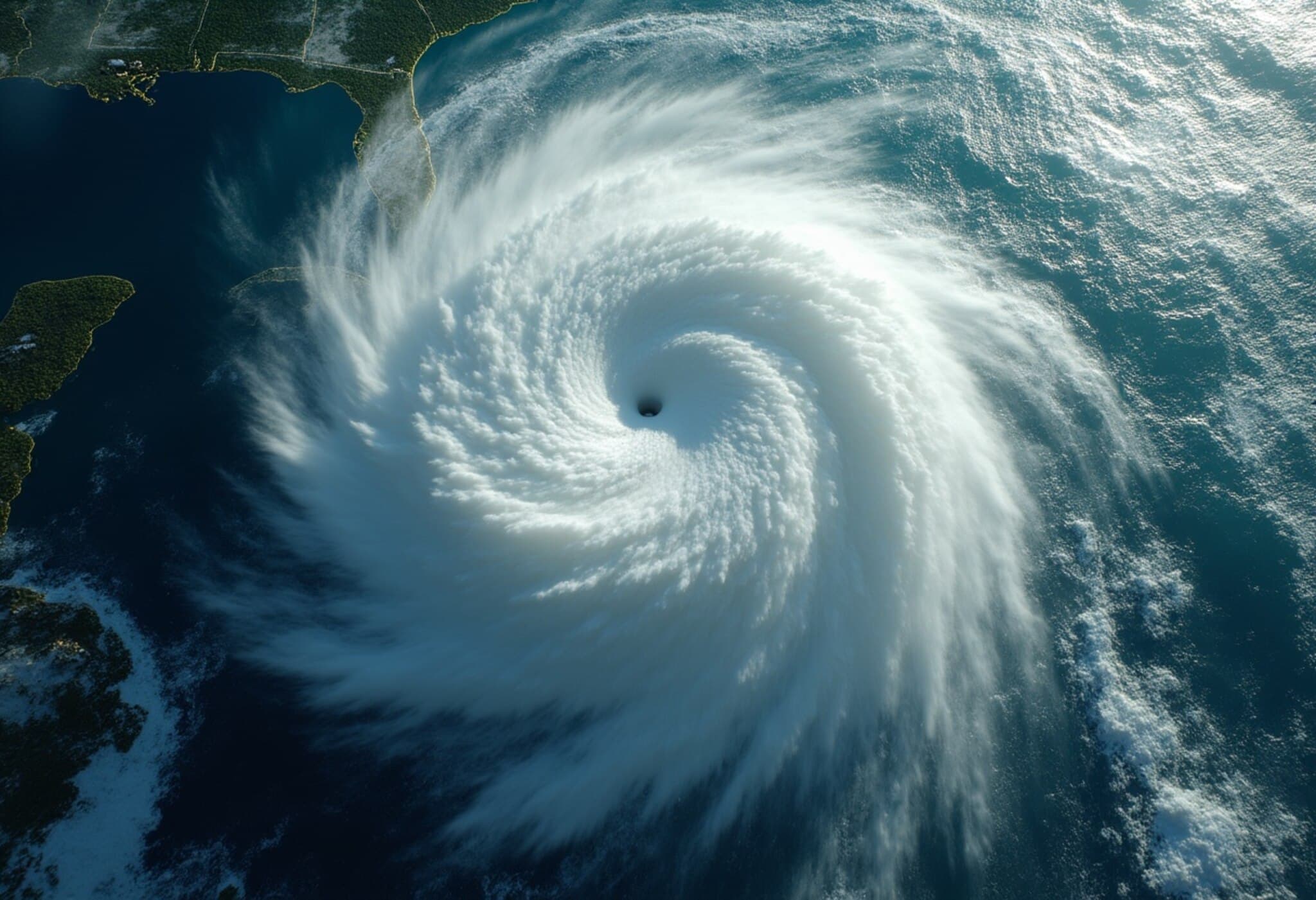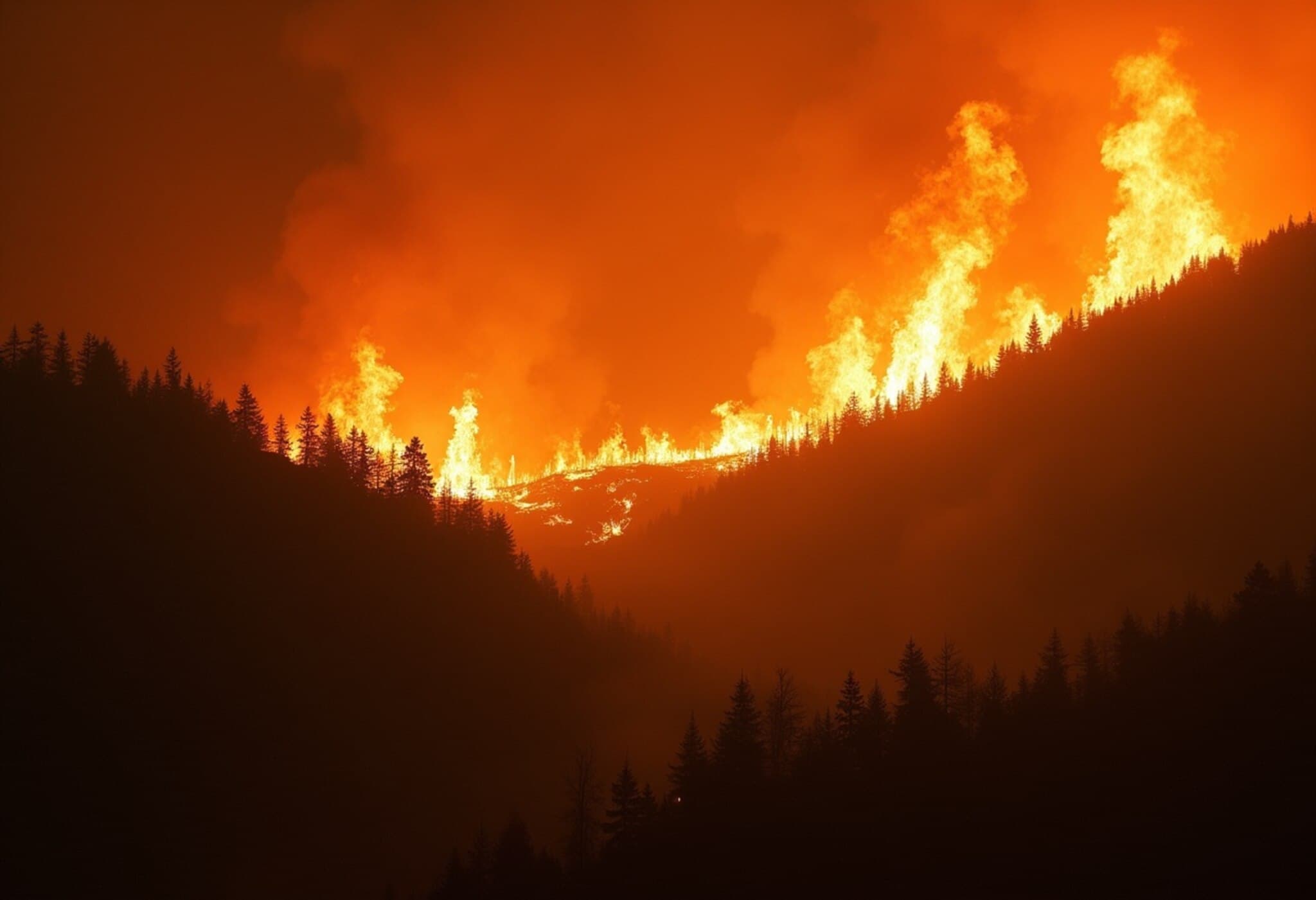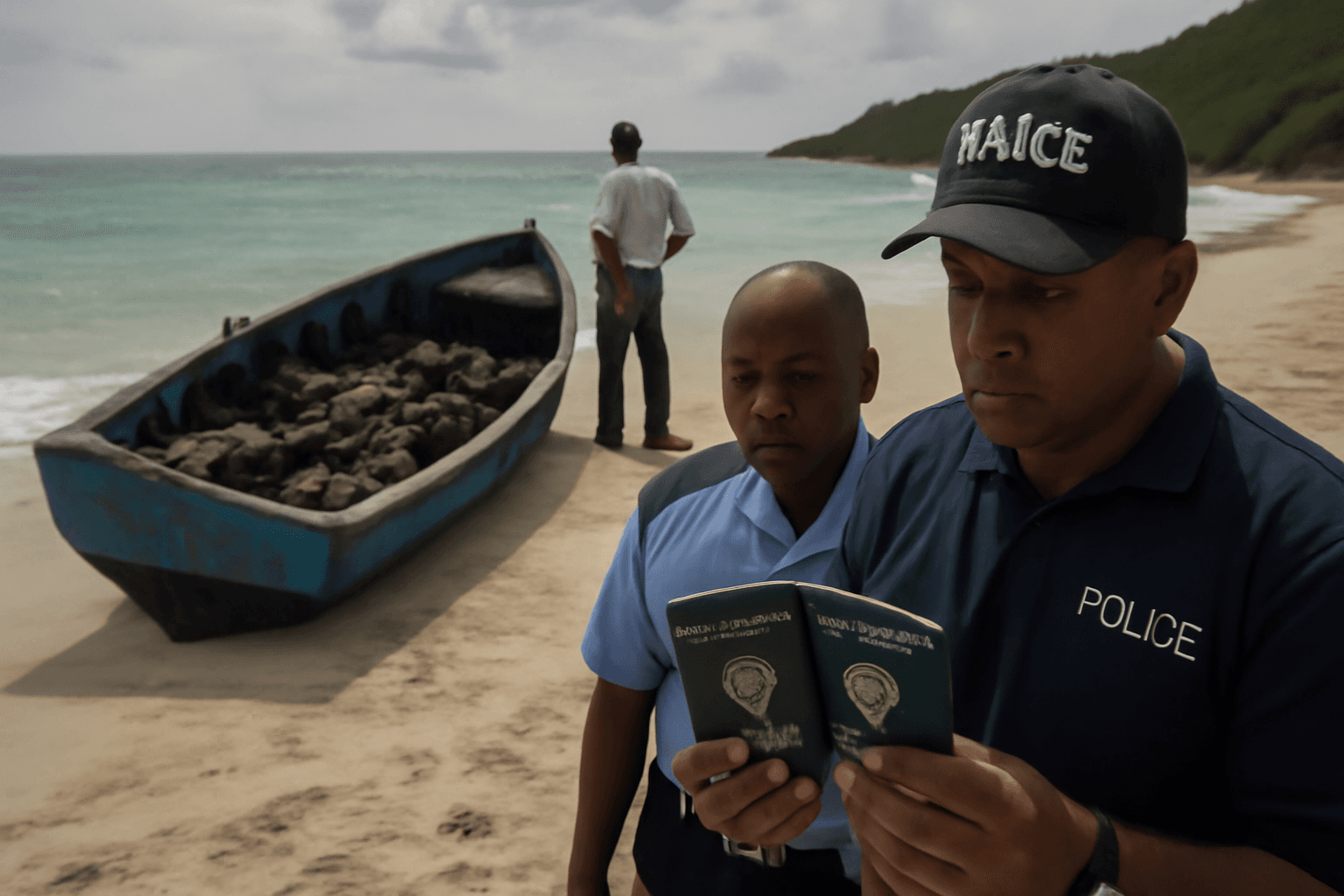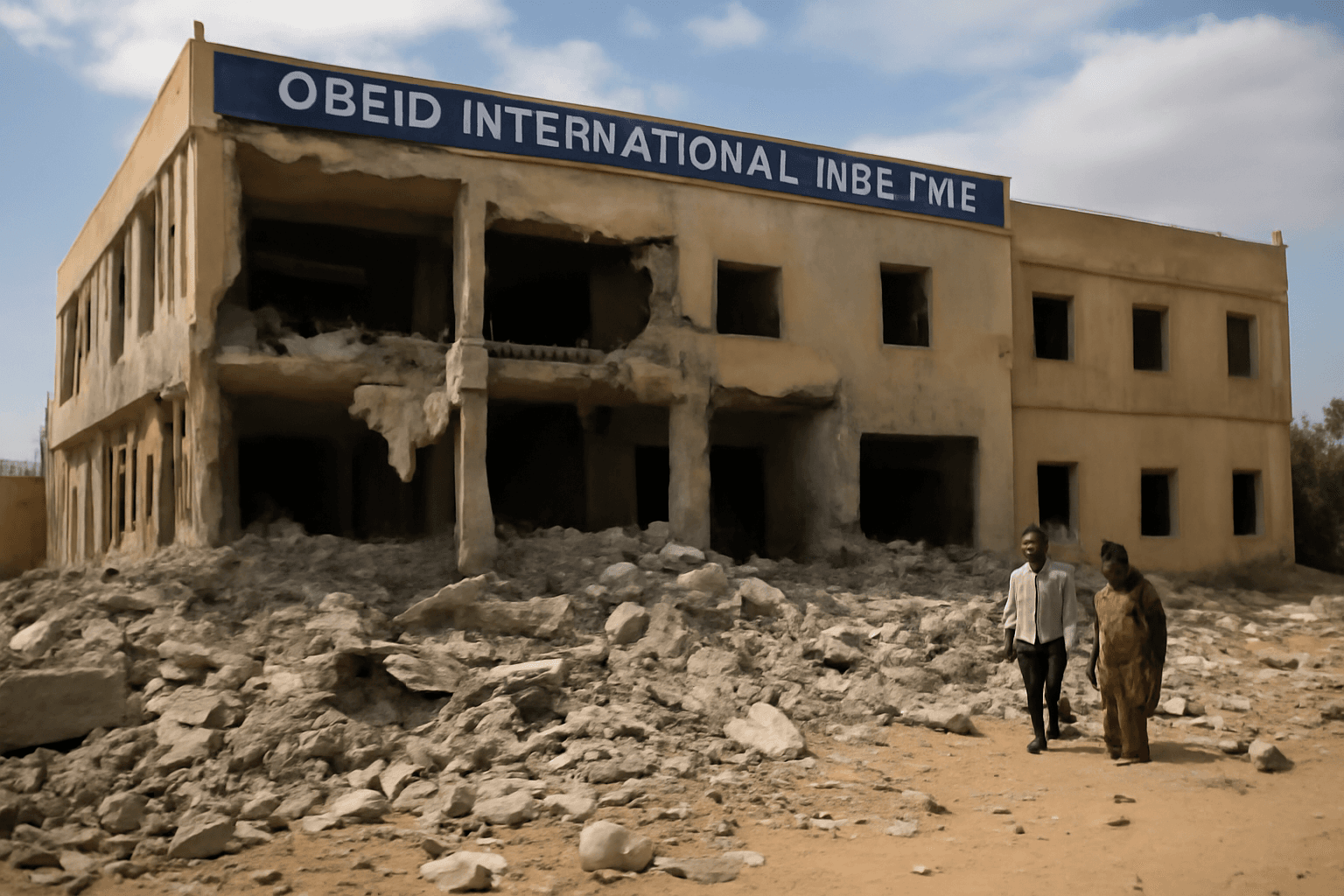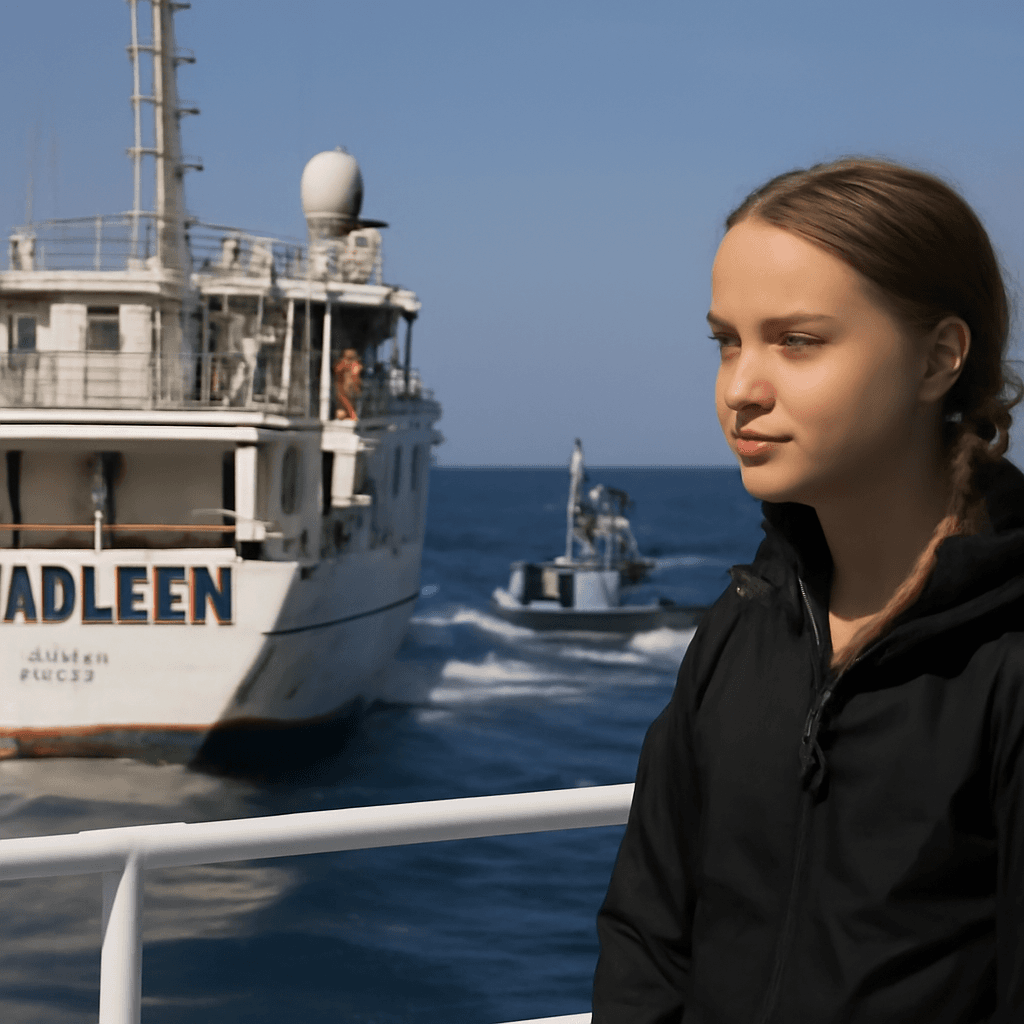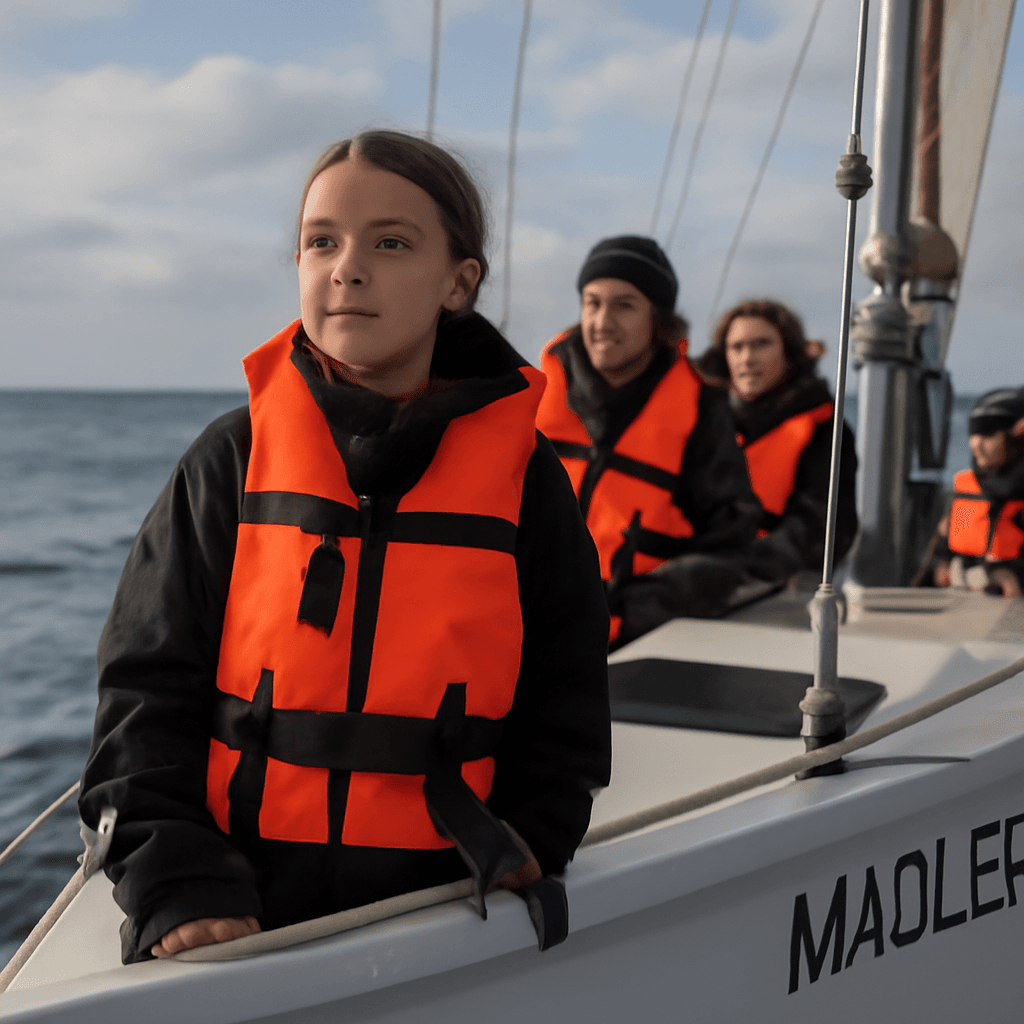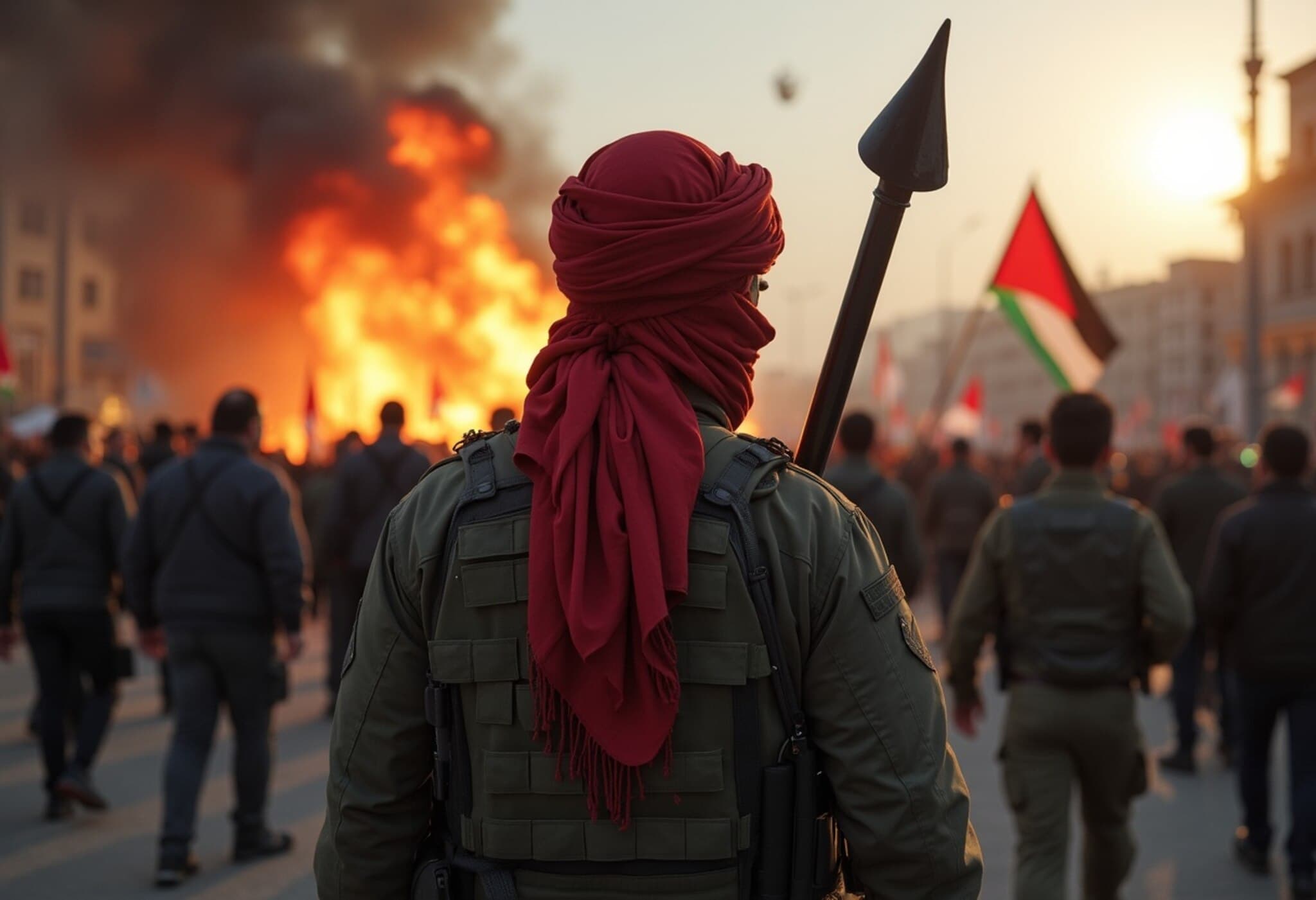UN Deploys Emergency Teams as Syrian Wildfires Rage on, Displacing Hundreds
For the fourth consecutive day, fierce wildfires continue to blaze across Syria’s northwestern coast, wreaking havoc on homes, farmlands, and critical ecosystems. On Sunday, United Nations humanitarian teams arrived to assist local and regional firefighting efforts in the Latakia province, where the situation is growing increasingly dire.
Regional Collaboration Intensifies to Combat Rapidly Spreading Fires
Firefighting units from Turkey and Jordan have joined forces with Syria’s civil defense, famously known as the White Helmets, providing vital aerial support with helicopters to help contain the flames. Syria’s state media, SANA, highlighted emergency efforts focused on protecting the al-Frunloq natural reserve—a vast, interlinked forested area at severe risk.
The scope of destruction is staggering. Syrian Minister of Emergency and Disaster Management, Raed al-Saleh, described the tragedy with palpable sorrow, stating these fires have decimated an estimated 10,000 hectares of forest, annihilating hundreds of thousands of trees that once breathed fresh air into the region.
Human and Environmental Toll Amidst Lingering War Hazards
Adam Abdelmoula, the UN Resident and Humanitarian Coordinator in Syria, noted that hundreds of families have been forced to abandon their homes as flames spread swiftly. Beyond the loss of shelter, vital agricultural lands and infrastructure have been destroyed, threatening both immediate survival and long-term recovery.
Complicating firefighting efforts, the White Helmets have raised alarms about unexploded ordnance left from Syria’s 14-year civil war embedded within the burn zones. Such remnants of conflict pose severe risks to both responders and civilians, highlighting how war footnotes continue to obstruct humanitarian relief.
Climate Change and Water Scarcity Compound the Crisis
This summer, Syria faces an exacerbating cocktail of challenges: climate change has intensified heatwaves and drought, while below-average rainfall during winter months left natural water sources depleted. As springs and rivers dry up, water shortages complicate firefighting and jeopardize the health and livelihoods of affected communities.
Experts warn that the eastern Mediterranean’s susceptibility to wildfires will only increase without swift climate action and sustainable resource management. The unfolding devastation in Latakia underscores a critical need for coordinated environmental policy that recognizes the intersection of conflict, climate, and humanitarian crises.
The Path Forward: Urgent Assessments and Support
UN teams are currently conducting urgent assessments to gauge the full scale of damage and to identify the most pressing humanitarian requirements. Their findings will inform international aid strategies aimed at both immediate relief and longer-term rehabilitation efforts.
Expert Perspective: Navigating Disaster in Post-Conflict Zones
The intersection of natural disaster with post-conflict vulnerabilities presents unique challenges. Syria’s fragile recovery is jeopardized not only by environmental calamities but by the persistent shadow of war—unexploded munitions, disrupted governance, and infrastructure deficits exacerbate the human cost.
From a policy standpoint, this calls for an integrated response combining robust emergency management, conflict resolution frameworks, and climate adaptation programs tailored for sensitive regions like the eastern Mediterranean.
Moreover, transboundary cooperation—exemplified by Turkey and Jordan’s involvement—is critical in managing shared ecological threats intensified by global warming. Strengthening regional partnerships can pave the way for more resilient disaster response architectures in this geopolitically complex landscape.
Editor’s Note:
As the Syrian wildfires continue to ravage Latakia, the story reflects more than just an environmental disaster—it reveals the profound vulnerabilities wrought by years of conflict, climate change, and regional volatility. This crisis prompts urgent questions about international humanitarian coordination and the future of ecological stewardship in post-war zones.
How can global and regional actors better anticipate and mitigate such cascading crises? And crucially, what steps are necessary to rebuild not only destroyed forests and homes but also the social fabric and institutional trust shaken by prolonged instability?
These are the considerations policymakers, aid organizations, and the international community must grapple with as the Syrian coast works to heal from the flames.

